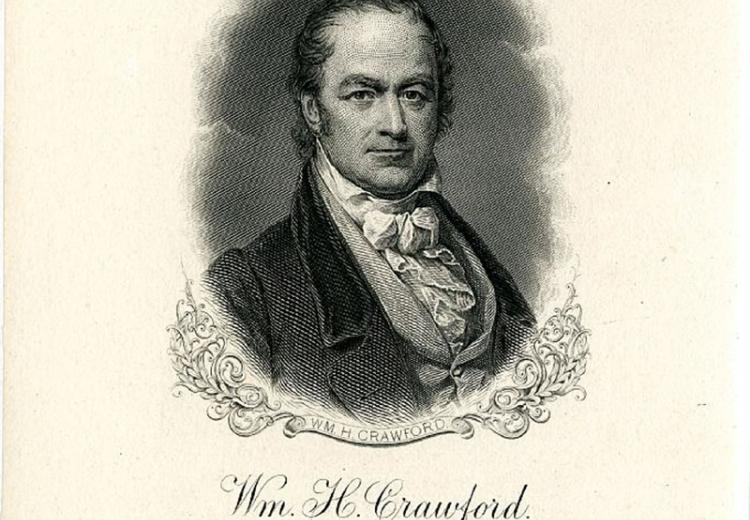Lesson 2: The Election Is in the House: 1824: The Candidates and the Issues

William H. Crawford was one of four candidates for President in 1824.
The presidential election of 1824 represents a watershed in American politics. The collapse of the Federalist Party and the illness of the "official candidate" of the Democratic-Republicans led to a slate of candidates who were all Democratic-Republicans. This led to the end of the Congressional Caucus system for nominating candidates, and eventually, the development of a new two-party system in the United States. In the election, Andrew Jackson won a plurality of both the popular and electoral vote. But John Quincy Adams became president. Four crucial elements of our election system were highlighted in the election of 1824: the nomination of candidates, the popular election of electors, the Electoral College, and the election of the president in the House when no candidate receives a majority in the Electoral College.
Guiding Questions
All of the major candidates for president in the 1824 election claimed allegiance to the same party, the Democratic-Republicans. What distinguished the candidates from each other?
What were the important issues in the campaign of 1824?
Learning Objectives
List some changes in presidential election laws and/or procedures since 1796.
Cite examples from presidential campaign materials from 1824.
